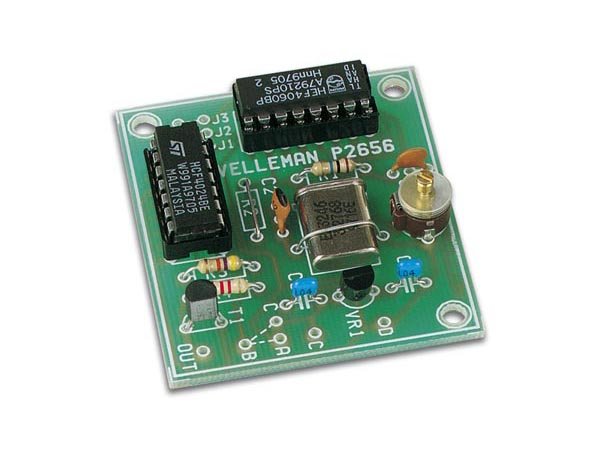Just been thinking about this. Also can be applied to R2R's as well.
When you get test tones on an LP, how accurate are they? Has anyone done any tests on the Neumann and Scully lathes? Same for R2R. The MRL tapes we get have test tones as well. How accurate are the machines that recorded them? I know when I send a test tone from a generator to my Studer and record test tones, when I play them back it's not perfect.
How can you get as close to perfect on a turntable?
How can you get as close to perfect on a R2R?
When you get test tones on an LP, how accurate are they? Has anyone done any tests on the Neumann and Scully lathes? Same for R2R. The MRL tapes we get have test tones as well. How accurate are the machines that recorded them? I know when I send a test tone from a generator to my Studer and record test tones, when I play them back it's not perfect.
How can you get as close to perfect on a turntable?
How can you get as close to perfect on a R2R?








